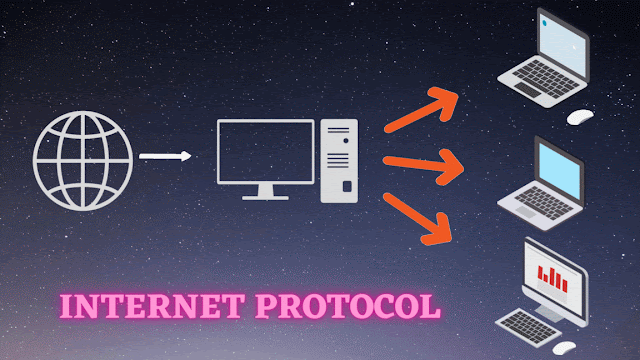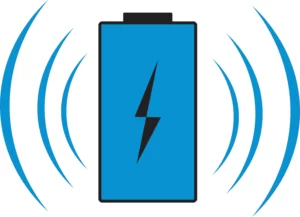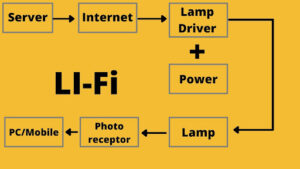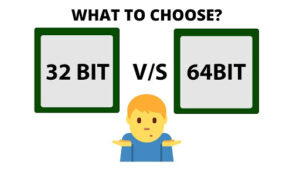INTERNET PROTOCOL
The Internet Protocol (IP) is a set of
rules and standards that govern the way data is transmitted over the internet.
It is a fundamental protocol that enables the communication between different
devices connected to the internet. IP is responsible for addressing and routing
data packets between devices, allowing them to communicate with each other.
There are two versions of IP currently in use: IP version 4
(IPv4) and IP version 6 (IPv6). IPv4 is the older version and is still widely
used, while IPv6 is the newer version that was introduced to address the
limitations of IPv4.
IPv4 uses 32-bit addresses, which allows for a maximum of 4.3
billion unique addresses. However, due to the rapid growth of the internet, the
available addresses are becoming scarce. IPv6 uses 128-bit addresses, which
allows for a much larger number of unique addresses, effectively solving the
problem of address scarcity.
In addition to addressing and routing, IP also includes several
other services, such as fragmentation and reassembly of data packets, error
detection and correction, and flow control.
1. The Internet Protocol (IP):- The Internet protocol is the primary network
protocol used on the Internet, developed in the 1970s. On the Internet and many
other networks, Internet Protocol is often used together with the TCP
(Transport Control Protocol) and referred to interchangeably as TCP/IP.
On a network, IP
supports unique addressing for computers. IPV4 or Internet protocol version 4
is the standard, and it is used by almost every network. It is 4 Bytes or 32
bits in length. But we also have a new Internet Protocol Version which is called IPV6 that
features an address of 16 bytes or 128 bits in length
The Internet
Protocol is made up of 3 Layers. These 3 Layers Contain the addressing
Information, and the addressing information enables packets to be routed. IP
represents the heart of the Internet protocols, along with the Transmission
Control Protocol (TCP),
2. Internet Control Message Protocol (ICMP):- The
Internet Control Message Protocol (ICMP) is a protocol that is used to send error
messages and operational information about network conditions. It is an
integral part of the Internet Protocol (IP) and is used to help diagnose and
troubleshoot network issues.
ICMP is used to send error messages when a device
cannot reach its destination, such as when a network is congested or when a
host is unavailable. It also provides a mechanism for devices to test the
reachability of other devices on the network, such as through the use of ping
messages.
ICMP messages are usually generated by routers or
host devices and are sent to the source device that sent the original IP
packet. ICMP messages are typically not sent in response to broadcast or
multicast packets.
Some examples of ICMP messages include:
·
Echo Request and Echo Reply
(ping)
·
Destination Unreachable
·
Time Exceeded
·
Redirect
·
Parameter Problem
ICMP plays a critical role in maintaining the
integrity of the internet and helps to ensure that data is transmitted reliably
and efficiently between devices.
3. Transmission
Control Protocol:- TCP is a set of rules (protocols) used along with the Internet Protocol (IP)
to send data in the form of message units between computers over the Internet.
TCP takes care of keeping track of the individual units of data (called
packets), while IP takes care of handling the actual delivery of the data, that
a message is divided into different routes through the Internet.
As an example,
when anyone sends an HTML file to another person then the TCP Program Layer in
the server divides the file into one or more data packets and then forwards them
separately to the IP program layer. Although every packet has the reach same
destination IP address, they get routed differently through the network.
TCP is protocol-oriented to connection. After a connection is established, it
will be maintained until the messages are not exchanged by the application
program at each end. TCP is liable for ensuring that a message is divided into
the packets which IP manages. In the Open Systems Interconnection (OSI) model,
TCP is in layer 4, which is called the Transport layer.
4. User Datagram Protocol (UDP):- UDP is a connectionless protocol that works at the
transport layer. Datagrams are transports but receipts are not acknowledged by
UDP. A port is also used by UDP that addresses to gain data delivery, but this
port address is simply a pointer to a process, not a connection identifier,
like TCP. UDP is faster than TCP because there is no overloading problem.
Flow control or
acknowledgments for received packets does not provide by UDP, If UDP detects
some error at the time of transmitting a datagram, it simply drops the datagram
and does not inform the person about it.
UDP gives a
connectionless service. The UDP sends an independent datagram every time. If a
destination sends various datagrams, all the datagrams will be different. The
user datagrams are not numbered. Moreover, each user’s datagram can travel a
different path.
5. Address Resolution
Protocol (ARP):- Address Resolution Protocol (ARP) is a protocol that is used to map an IP
address into a machine address that is recognized by the local network.
When an incoming
packet selected for a host machine on a selected local area network arrives at
a gateway, the gateway asks the ARP program just to find the MAC address that
matches the IP address. This process is done to secure the login id of the
customer so that no one can use a particular IP from any other computer. The
ARP program looks in the ARP cache is looked by the ARP program, and when it
finds the address, provides the packet to convert to the right length of the
packet and format, and sent to the machine. ARP broadcasts a request packet in
a special format to all the machines on the LAN if no entry is found for the IP
address. When one machine knows that it has that IP address associated with it.





